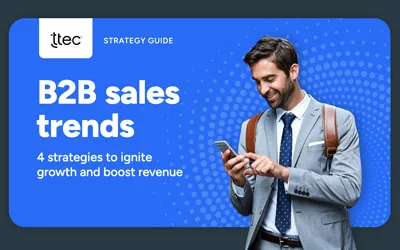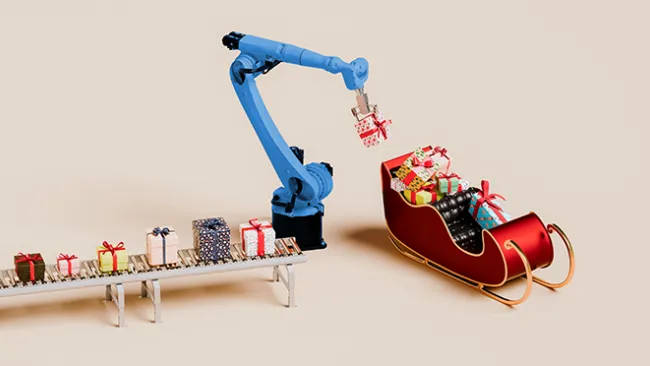Retailers today face an unprecedented rate of change. Many shopping centres are empty, e-commerce is taking a larger share of the pie, and consumers are spending more on experiences than products. Media reports have been quick to label these changes “the retail apocalypse,” but it’s a misleading phrase.
While it’s true that some brands will not survive the shift in customer expectations and competition, other brands—even some brick-and-mortar stops—are thriving. Retailers can’t afford to rest on their laurels, though, as the landscape continues to evolve. Here are three ways successful retailers are beating the odds.
1. Make buy online, pickup in-store even more convenient
Customers want the instant gratification of purchasing items in a stop combined with the extensive inventory and convenience of online shopping. Strategic retailers are doing just that by offering buy-online-pickup-in-store (BOPIS) options.
As more companies offer BOPIS, the brands that stand out will be those who understand that convenience is a key demand. For instance, 77 percent of consumers prefer to pick up their items at the front of the stop or roadside, reports Bell and Howell, a retail technology firm. Only 8 percent are willing to pick up their items at the back of the stop. Retailers would be wise to take expectations like these into consideration when designing their fulfillment options.
2. Create “organic” experiences with invisible AI
From personalised recommendations to image recognition, artificial intelligence is transforming retail. In fact, 42 percent of retailers have already purchased or plan to purchase a consumer AI device, according to PwC. Not all AI solutions are equally valuable, though, and it’s essential that retailers are strategic in how they adopt the technology.
A smart approach is to make AI organic to the customer experience. For example, grocers like Sainsbury’s, Waitrose, and Tesco partnered with a mobile coupon app that uses AI and machine learning to automatically send users coupons that fit their preferences and shopping history.
3. Transparency is the new currency of brand loyalty
Shoppers are becoming more attuned to the conditions in which products are manufactured, the materials used, and the environmental impact of the entire retail ecosystem with partners and the supply chain. According to a survey by Label Insight, 73 percent of consumers were willing to pay more for a product that offers complete transparency. However, transitioning to new transparency standards can be a complicated task that affects suppliers and vendor partners. Instead of attempting to implement all the changes at once, prioritise customer feedback. Identify the areas where customers want more information to guide the efforts to build transparency into your business.
To learn more about how to deliver exceptional retail experiences, check out our e-book, Welcome to the Retail Evolution.















